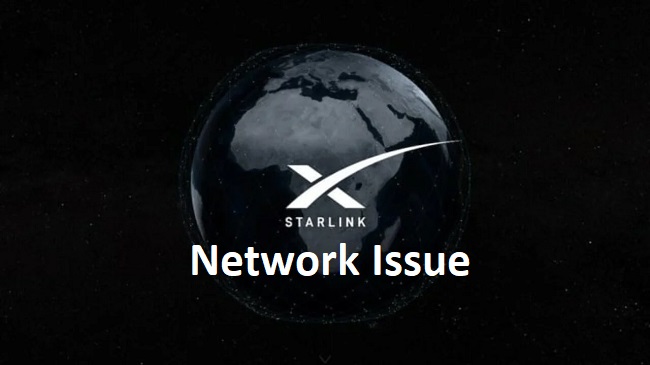As a pioneering satellite internet provider, Starlink, initiated by SpaceX, offers internet connectivity in areas where traditional broadband services may not reach.
However, users may occasionally encounter network issues, including offline problems and signal reception difficulties.
In this SEO-optimized article, we’ll explore common Starlink network issues, ways to handle them, understanding the Starlink status map, and staying updated with the service.

Contents
Understanding Starlink Network Issues
Starlink operates by communicating with a constellation of satellites in low-Earth orbit, a fundamentally different approach compared to traditional internet service providers (ISPs).
While this innovative design enables coverage in remote areas, it can also be susceptible to various network issues, such as signal obstruction, weather-related interference, and satellite positioning.
- Signal Obstruction: Starlink requires a clear view of the sky for optimal performance. Obstructions such as buildings, trees, or mountains can hinder the connection between the Starlink dish and the satellites, leading to network issues.
- Weather Interference: Severe weather conditions, like heavy rain or snow, can also affect Starlink’s performance. This is commonly known as ‘rain fade’ and can cause temporary internet outages or slow speeds.
- Satellite Positioning: Since Starlink’s satellites are in a constant state of motion, there can be periods where a satellite isn’t immediately available overhead, which can result in intermittent connectivity issues.
Dealing with Starlink Offline Issues
If your Starlink connection goes offline, follow these steps:
- Check for Obstructions: Ensure the dish has a clear view of the sky and there are no new obstructions blocking its path.
- Inspect Your Equipment: Check your Starlink dish and cables for any visible damage.
- Restart Your System: Unplug your Starlink power supply, wait a few seconds, then plug it back in to reboot the system.
- Contact Starlink Support: If the problem persists, reach out to Starlink support for assistance.
“No Signal Received” on Starlink
A “No Signal Received” message typically indicates that your Starlink dish is unable to establish a connection with the satellite network.
This could be due to signal obstruction, extreme weather conditions, or a temporary lack of available satellites. Following the same steps for offline issues can help restore the connection.
Understanding the Starlink Status Map
The Starlink status map (also known as the Starlink constellation map) provides real-time information about the location of Starlink satellites.
This tool is useful to understand the satellite coverage in your area and can help diagnose connection issues related to satellite positioning.
Staying Updated with Starlink
Starlink regularly releases updates to enhance network performance and improve user experience. These updates are typically downloaded and installed automatically.
However, users can stay informed about broader service updates and planned improvements by following official Starlink social media accounts and their website.
In Conclusion
While Starlink represents a leap forward in internet technology, users may occasionally encounter connectivity issues. Understanding the common causes of these issues and their solutions can significantly improve your experience.
By effectively diagnosing problems, utilizing the Starlink status map, and keeping up with service updates, you can ensure a smooth and reliable internet connection with Starlink, even in the most remote corners of the globe.




























